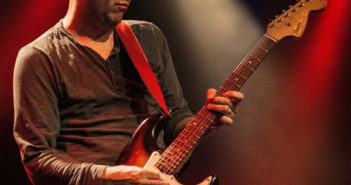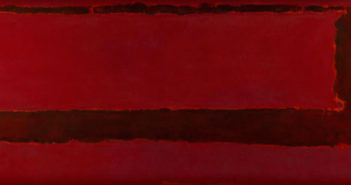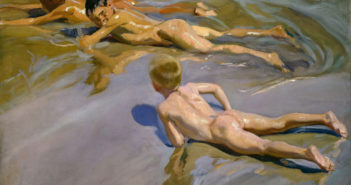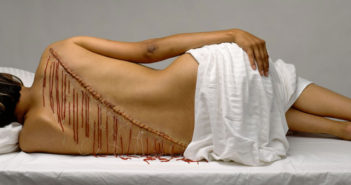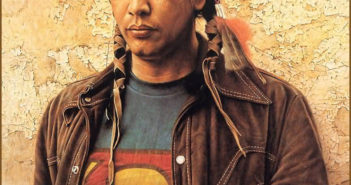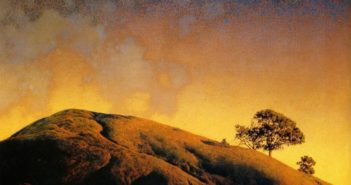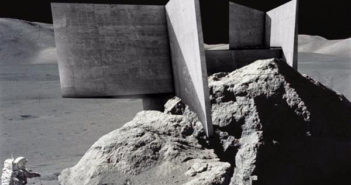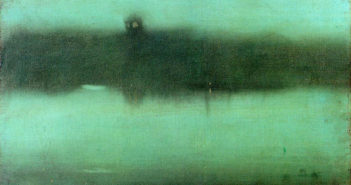
Let there be music
Let there be music. It could be any music. High brow, low brow. Music gives a key to what art is, to what art can do. For my desert island I’ll include the Sibelius Violin Concerto (D major, Opus 64). I’ll choose Pinchas Zukerman to play it. I’ll have to say it’s not the notes. It’s the spirit of the thing. As Zukerman says, “It has this incredible stuff happening everywhere.” Up and down, back and forth, the wonderful arbitrary quality of it all. Music, almost fully abstract, need not engage in realistically copying bird songs, wind, the sounds of traffic or falling coconuts.

